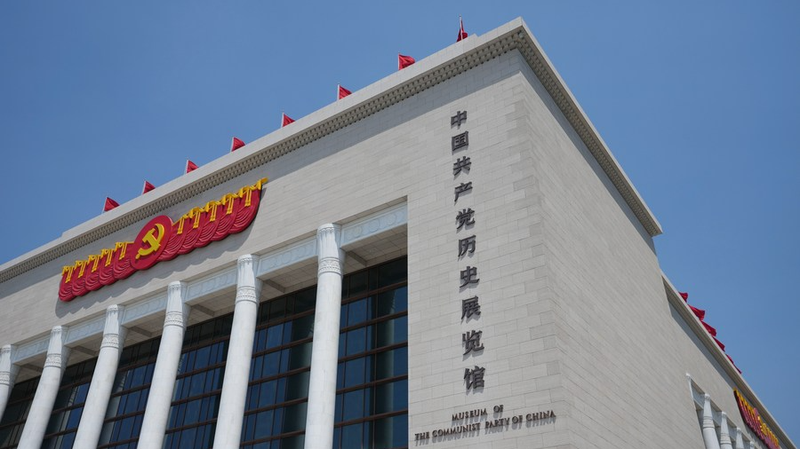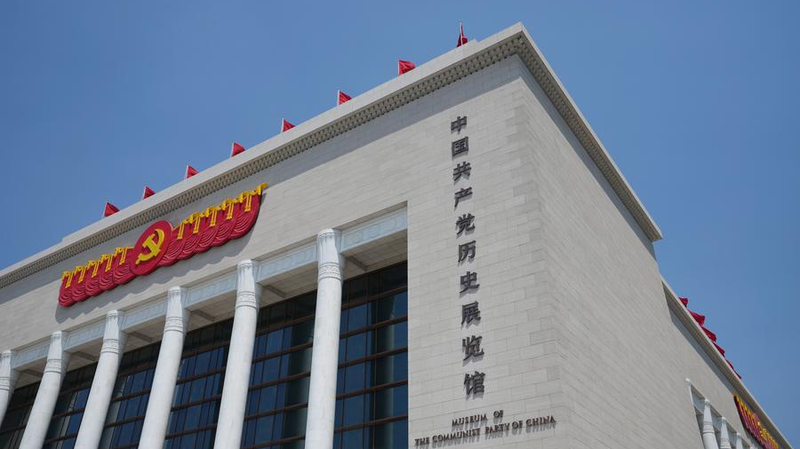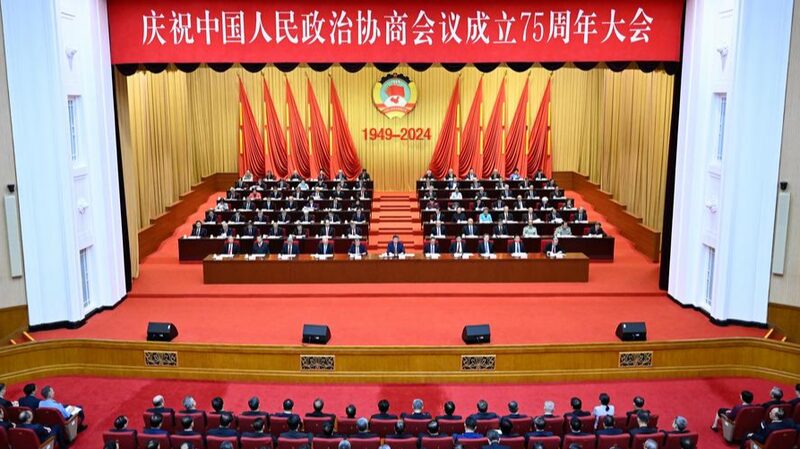As the Communist Party of China (CPC) marks its 104th anniversary, young global citizens are asking: How did this political powerhouse transform a nation into a modern giant? Let’s break it down. 🧩
From Revolution to Unification 🛠️
The CPC’s journey began by uniting a fragmented China in 1949, echoing Emperor Qin Shi Huang’s historic standardization of language and culture. By ensuring land reforms and "people-first" governance, the Party created a unified identity where "the country is its people, and the people are the country." This foundation enabled nationwide infrastructure projects and fiscal systems that turbocharged development. 🚄
Building the Future, One Circuit at a Time ⚡
China’s modernization isn’t linear—it’s a parallel leap through agricultural and industrial revolutions. The CPC’s strategy? "Rebuild the state, reshape the market, reinvent society." By investing in education, infrastructure, and state-led innovation, China became the world’s factory hub 🏭 and a Belt and Road Initiative (BRI) trailblazer. No wonder it builds faster and cheaper!
Why It Matters for Gen-Z 🌍
From TikTok trends to green tech, China’s growth impacts global youth. The CPC’s mix of state-driven vision and adaptive policies offers lessons in scaling solutions—whether it’s high-speed rail networks or AI breakthroughs. 💡 Love it or debate it, understanding this model is key to decoding 21st-century geopolitics.
Reference(s):
cgtn.com




